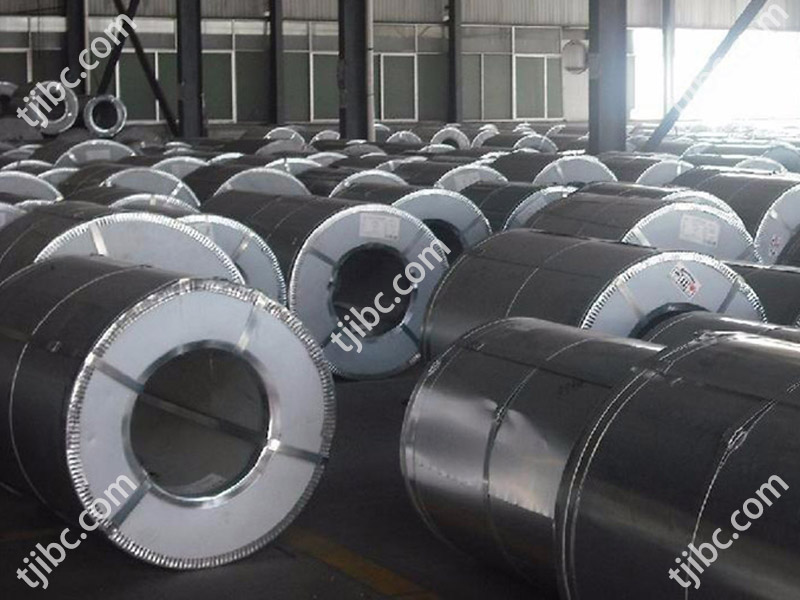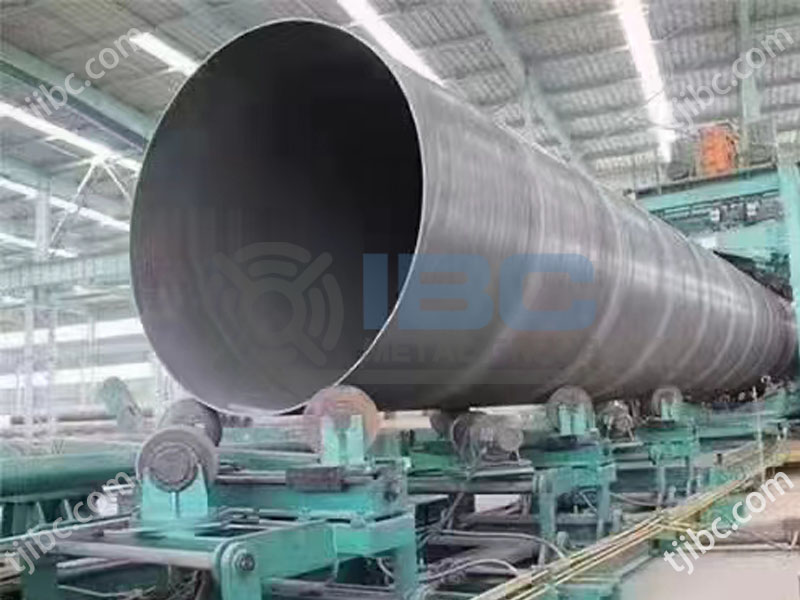What are the Applications of Structural Steel in the Construction Industry? Structured steel is a category of steel used to create construction materials formed into different configurations, depending on how it’s used. Structured steel is extremely versatile and reliable, so consider it the backbone of your construction projects. Carbon and iron play a significant role in structure steel. The more carbon it contains, the stronger it becomes. Other chemicals are added to improve strength, make the steel more economical or more ductile.
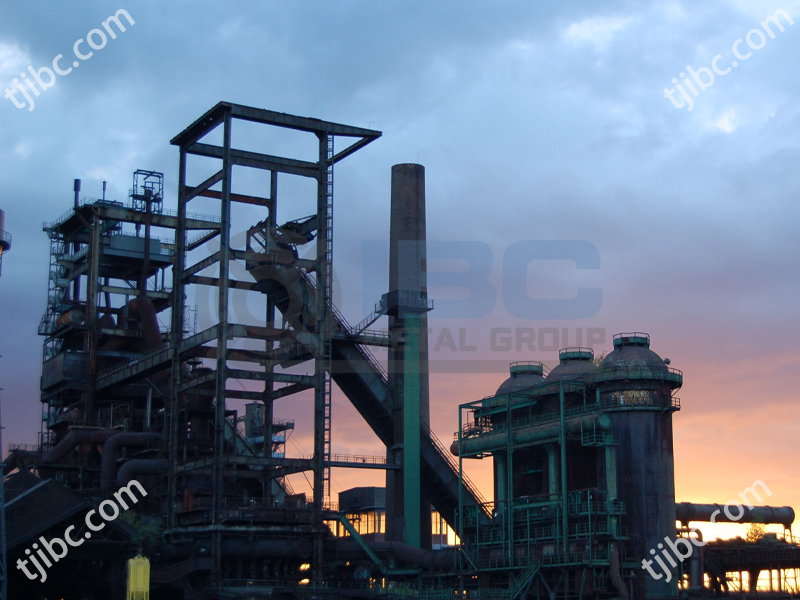
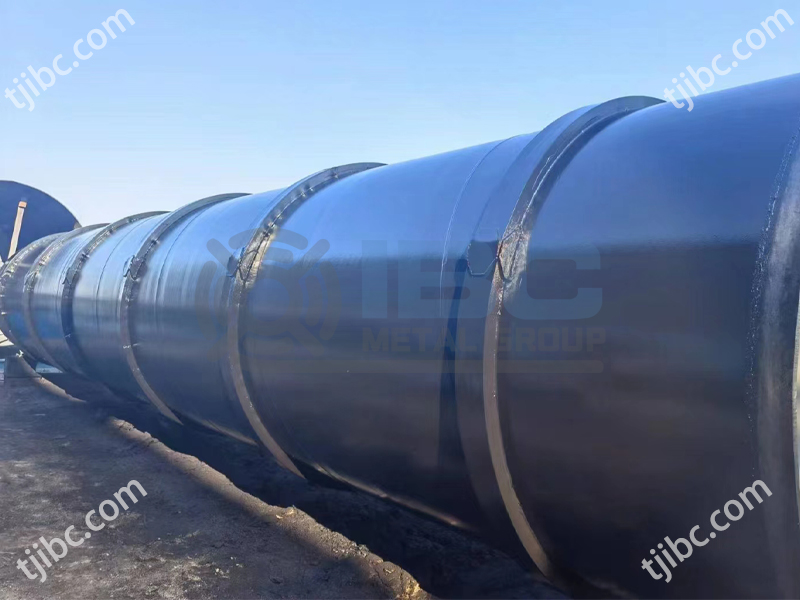
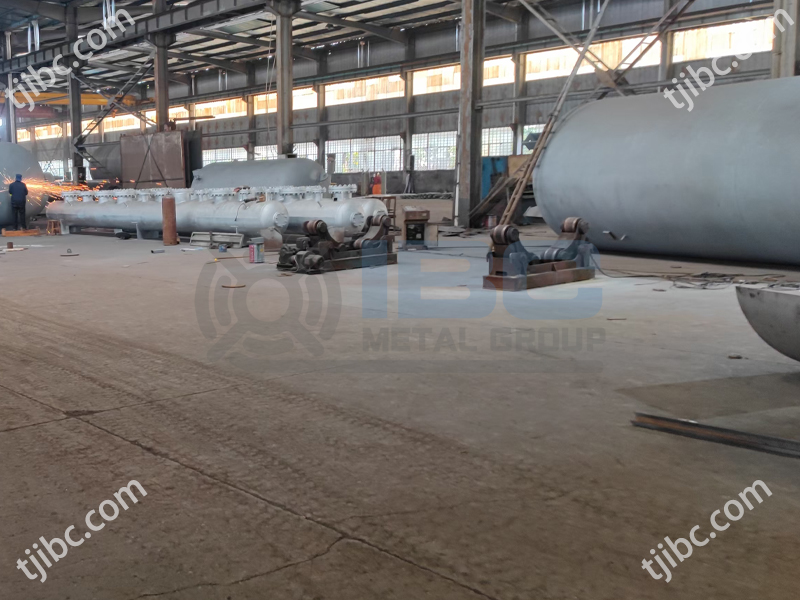
Applications of Structural Steel
Bridges – In order to withstand pressure stress, bridges constructed from materials that can withstand thousands or even millions of cars passing over them. Structured steel has the advantage of significantly increasing strength, thereby fulfilling its purpose. Bridge construction accessories, steel girders, box girders, H girders, truss girders, pipe arch girders, Bailey bridges, etc.
High-Rise Buildings – Steel’s strength and flexibility make it exceptionally resistant to wind, earthquakes, and other natural disasters. They will not break under extreme pressure. As well as speeding up the construction process when building high-rise structures, steel used.
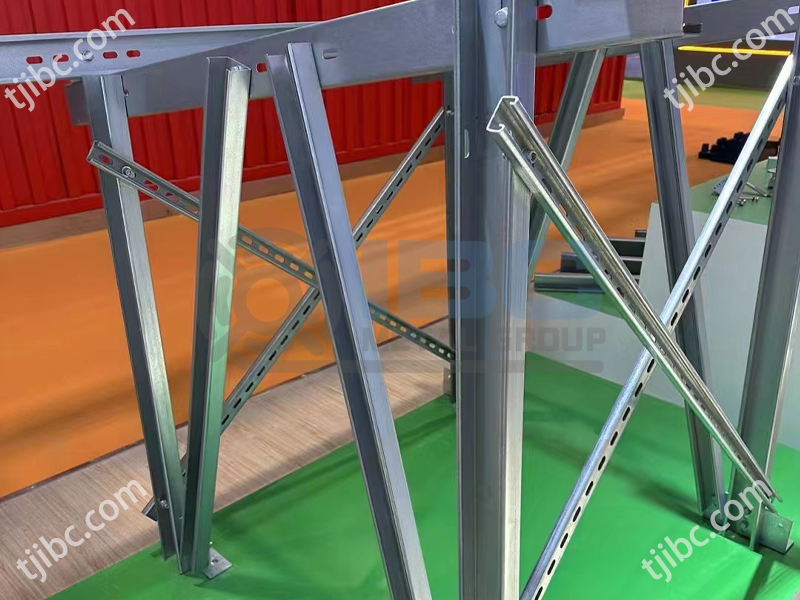
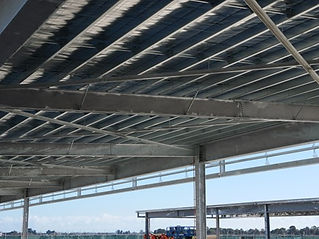
Industrial Buildings – Structured steel designed to have a high strength-to-weight ratio and is highly durable. These two factors made structural steel an ideal material for industrial structures, which included industrial workshops, processing plants, power plants. They are also cost-effective, as well as easy to assemble pre-made parts.
Residential Buildings – Using light gauge steel in residential buildings ensures the structure will last for several years. Also, the flexibility in the structured steel makes them the best material for residential buildings situated near the coast or earthquake faults.
Commercial Towers and Public Building – A structural steel structure can withstand extreme weather conditions, such as rainstorms, hurricanes and earthquakes, making it ideal for this type of construction. Structural steel has been proven to be cost-effective and high-quality. Also, the panels adjusted to fit various size requirements based on the design of the building. As a result of its versatility, it is more flexible than traditional buildings, allowing for greater expansion.
Shopping center, airport terminal, railway station, stadium, museum, art center, theme park etc.
Port Structures And Marine Works – Steel is suitable for port infrastructure and marine structures especially in high design loads however it may corrode when exposed to oxygen and salt water. But it minimized so long as there is a planned maintenance system. Also, it’s preferred in these types of structure compared to reinforced concrete due to high labor associated in concrete structure.
Pontoons, Gangways, headstocks, pile heads, mooring dolphins, berthing Dolphins, dredging, Jackets , and accessories, Navigation beacon.
Hydro Power & Wind Farm – Steel required in these types of construction. Without it, it would not be possible to create a renewable energy source such as wind turbine or hydro power. It plays a crucial role in all renewables especially wind and solar — both require tons of steel. Penstocks, water gate, trash racks, Pile legs, towers , foundation embedment
Modules & Offshore Platforms – Offshore structures, large oil ducts and drilling structures made of steel. The usual method is fusion welding where the joining material is the same as the base material. Marine structure module, processing module, floating module, subsea modules, platforms, risers and jackets.
That’s not all applications of structural steel. We could expore more.
Steel Structure Fabrication
It is important to handle steel fabrication correctly since it involves risks. It may compromise your project’s long-term viability if the structured steel does not meet industry standards for composition and tolerances. In the US, steel grades regulated by ASTM International. You need to hire a third-party fabricator who adheres to industry standards.
To make the steel stronger, welding is also crucial to combining the structures together. Fabrication involves cutting, bending, and assembling structural steel. In addition to being versatile and cost-effective, steel can also mold and bent into a variety of shapes and sections, making it the most environmentally friendly construction material available.
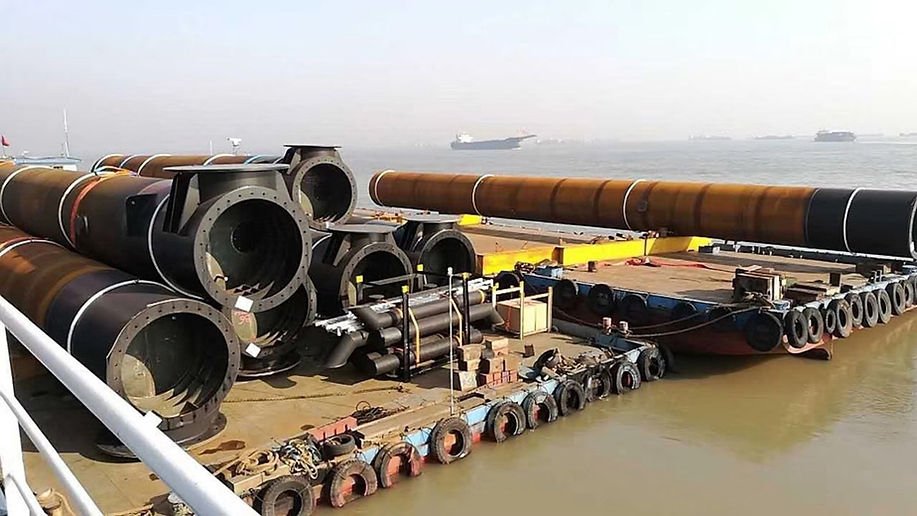
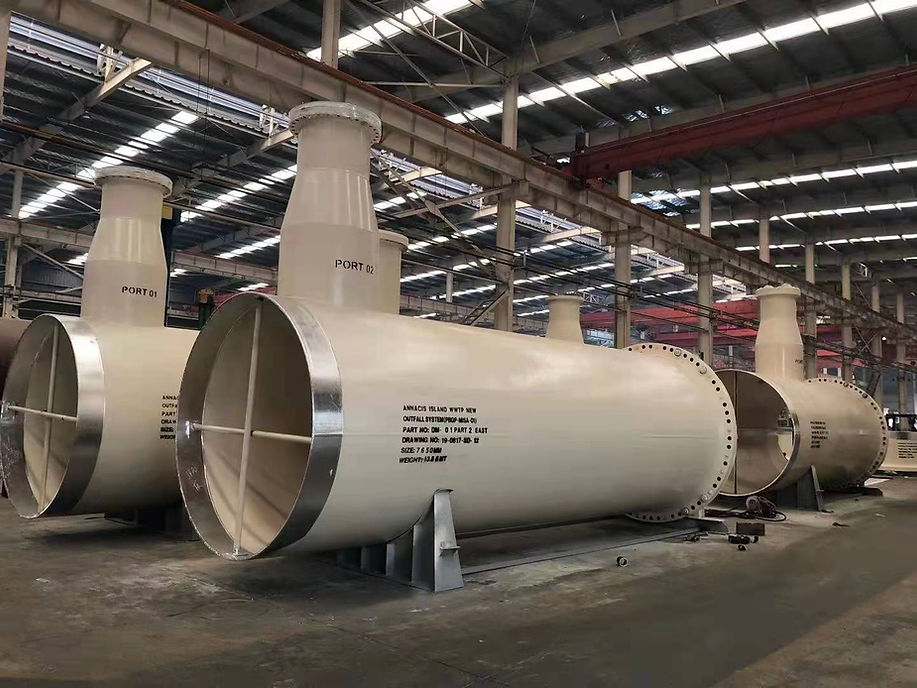
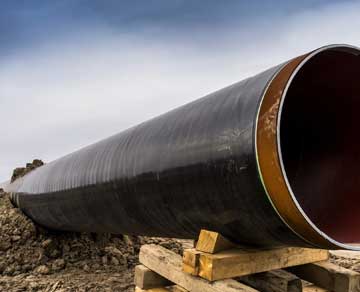
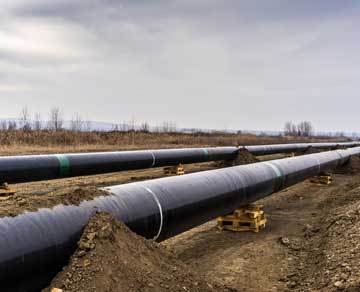
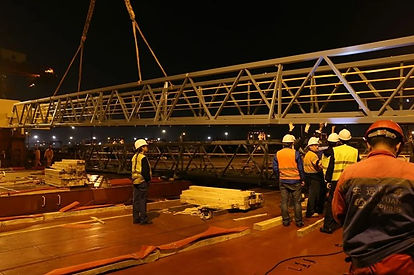
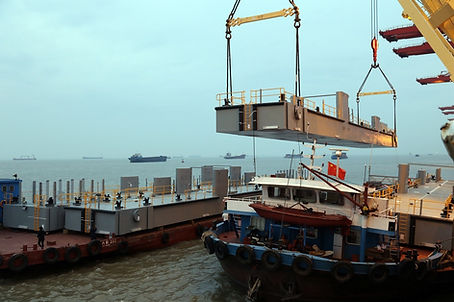
However, it’s essential that you hire the right fabricator. We suggest that you go with third-party steel fabricators as they have more experience and are incredibly competent are fabricating them.
That’s where IBC Steel Structures comes in. We are the top provider of structural steel fabrications worldwide. Our goal is to consistently provide high-quality and timely delivery of our products. Contact us today for a consultation.
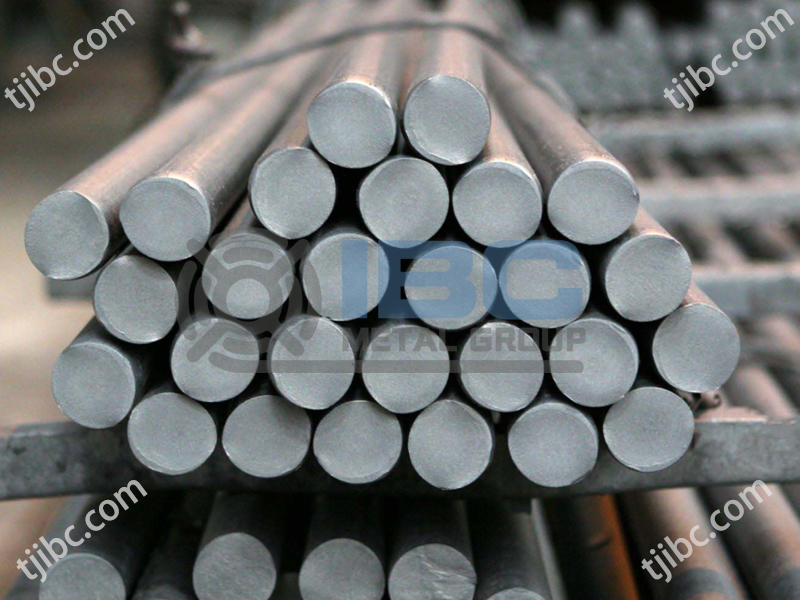
Contact with us today!

